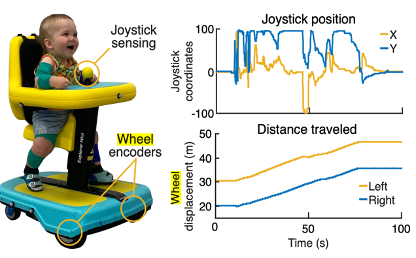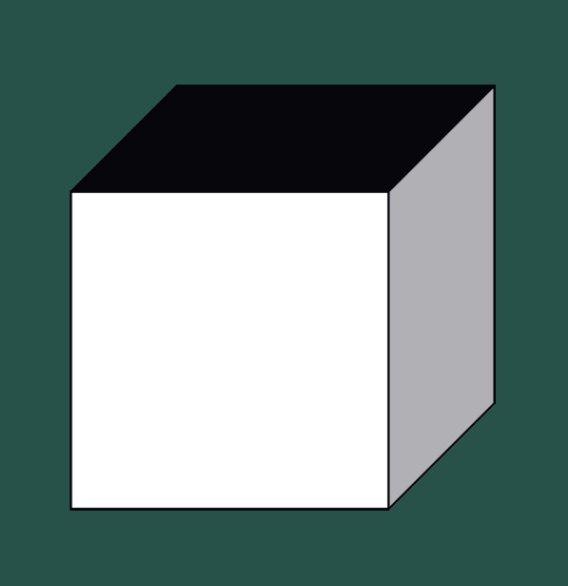Species Differences in Cell Morphology
Abstract
Immunofluorescent images are a common way to analyze cell response in the presence of brain disease. Microglia — the brain's immune cells — have a range of functional states dependent on their local environment to keep the brain environment healthy. For example, microglia are branched out when at rest and ameboid when activated. Microglia are typically stained and viewed with immunofluorescent imaging to study the brain's immune response. Previous research has shown that microglial functionality and microglia morphology (shape) are highly correlated. By taking and quantifying images of microglia in healthy and diseased brains, we can gain insights into their functional state and local environment.
In addition, most fundamental research about microglia involves the use of animal models, where many species are used to model brain disease. However, limited research directly compares microglia response in one species to another. Previously, research within the Nance Lab has focused on quantifying rat microglial features such as area, perimeter, or circularity. Here, we developed a method to quantify features of microglia, with a focus on microglial branching — the arm-like protrusions from the cell body — expanding upon previous work by adding additional branching features to the quantification pipeline to look at the number and length of branches around each cell, which gives us information on the functional state of the cell. We investigated the species-dependent effect on the microglial shape by analyzing images of cells obtained from healthy neonatal human-term equivalent rat (postnatal day 10, P10), ferret (P21), and mouse (P12), and pig (not provided) by building on the existing pipeline to analyze microglia skeletonization through a Python package called Skeletonized Cells Analysis of Regional Features (SCARF). This pipeline includes image acquisition, image segmentation, image skeletonization, and data analysis.
The rat, mouse, ferret, and pig display similar microglial morphologies and unique differences. Differences across species are more prevalent in the maturity equivalent compared to the neonatal equivalent. Mouses, rats, and rabbits are similar across all characteristics. Pigs are the most circular and dense meaning they have less branching than other animal models. Ferrets are the smallest in area and perimeter but the least dense making them branched but in a smaller area. We see significant differences in data in terms of branch lengths but the specifics are difficult to parse due to similar shapes in data visualization. Overall, when comparing models, the mouse, rat, and rabbit can be compared directly without much difference. Ferret and pigs should be treated as separate animal models and considered with their respective characteristics.
Acknowledgment: This work was supported by the Mary Gates Research Scholarship from the Mary Gates Endowment for Students at the University of Washington.
Presentation
In conjunction with this project, I made a preprocessing package for the microglia segmenting pipeline linked below:

